Tips to use for optimum results in transplanting - assuming your destination soil is prepared and ready to go:
1) Prepare your destination location. Dig the destination holes. Make sure it is nutrient rich with up to 50% compost from multiple sources per square foot and ready to go.
2) Make sure the plant is hydrated. If in a container, submerge the container in a bucket or tub of water and hold it down until all air bubbles are out. Then leave it there for 20 minutes so it can take a good, long drink. Do not soak overnight. You'll smother your plant if you do that. Please do not keep roots underwater overnight. More plants die from too much water than from dehydration. Plants recover better from dehydration than from the roots being deprived of oxygen. Keep in mind that roots need equal parts water, oxygen, and nutrients.
If in the ground, water well a good 2-4 hours before moving.
Want to make it even better? Fill the bucket of water early in the day in a sunny area so it can warm up resulting in sun warmed water.
3) Move plants in the evening when the sun is less direct. Don't disturb plants until you are ready to transplant in the new location. Get them transplanted before dark and they will have one whole night to relax and adjust to their new home before dealing with light. Never let roots sit in sun or wind.
4) Move plants when it is not windy. Sun and wind are hard on roots, if even for a few minutes so avoid it if at all possible.
5) Transplant before a rain.This is the most recommended and has the highest success rate. Especially if it's going to rain the next day and you can plant the evening before. Try it... you'll see.
6) Dig around the plant at least as wide as the edges of the outer leaves and depending on the size of the plant, 6-8 inches down - less if the plant is smaller, more if the plant is larger. If the plant is a small shrub like rosemary, dig around the plant a few inches further then the outer edges of the leaves. You can quickly determine where the majority of the root system is and what is best to dig out.
7) Be Gentle. Never handle young plants only by the stem (you wouldn't want someone picking you up only by your neck), always support the base (for seedlings you may handle by the leaves). Keep as much of the soil around the root in tact as possible. In addition to the root system you can see with your eye, there is an entire system you can not see called mycorrhizas which are anatomically intimate associations between fine (feeder) roots of plants and some special soil borne fungi. If you disturb the soil around the roots, you disturb this delicate system.
If it is root-bound, then you'll have to gently loosen the roots so they don't continue to strangle themselves.
8) Once you get your plant where you want it, fill in with soil, and water it in (again, best with sun warmed water) so the surrounding area is moistened.
That's it! You're done and you can feel confident you gave your transplant the best chance of a stress free change you could possibly do.
Your plants will reward you because they've received the best TLC they could get from their caretaker.
Extra Details:
Do not soak overnight. You'll smother your plant if you do that. Please do not keep roots underwater overnight. More plants die from too much water than from dehydration. Plants recover better from dehydration than from the roots being deprived of oxygen. Keep in mind that roots need equal parts water, oxygen, and nutrients.
The above tips were given assuming your soil is "ready" meaning you've had your soil test and made any necessary amendments. I do not recommend fertilizing at the time of transplant (WHAT?!). "Many gardeners make the mistake of over-fertilizing. This practice can lead to nutrient deficiencies because of nutrients binding to the excess elements. Restoring nutrient balance after applying too much fertilizer is nearly impossible in the short run."
Many people think they have to add fertilizer and many learn the hard way that a little fertilizer goes a long way. If your soil is rich in nutrients with things like compost, you do not need to use additional fertilizer. Too much fertilizer on a regular basis can render your soil sterile of beneficial organisms, and as you discovered, burn your plants. Think of how much impact a tiny little pill for a human can make. No matter what fertilizer you use if you feel you must use any, always use half the dosage "recommended" on the package. Even less for seedlings. Consider that Mother Nature has been successfully planting plenty of things without humans coming along and fertilizing them.
1) Get your soil tested by a lab. This is the only way to be 100% sure. Don't guess. You actually save time, money, and work by only adding what you need. Check with your state's Extension Service.. They'll tell you what you need to do to get it tested. It's usually only $6.00 -$12.00 (mine was $9.00) which is what home kits cost but don't tell you nearly as much as a lab can tell you. Then you won't be guessing as to what state your soil is in or wasting money on amendments you don't need. They'll tell you exactly how much of what elements you need to add to your soil per square foot (if any). Stick with compost and natural sources of organic matter instead of fertilizers which can render your soil sterile in the long run. If you have more soil questions, browse the Soil Compost Mulch Forum Is there another way? Yes, raised beds or container gardening where you add the growing medium used in #5 below.
2) Incorporate real organic matter and shredded newspaper (not just compost) into your soil. Worms love it. If you don't have worms in your soil, the worms don't like your soil and the plants won't like it either.
3) Read about Building Fertile Soil.
4) Read about Fertilizing a vegetable garden, not so you can apply more, but so you're informed on the topic. A little goes a long way. Most experienced gardeners will dilute any fertilizer to half of the recommended strength if they use it at all.
5) Eliminate the use of anything but compost made from a variety of organic materials. Lay off the fertilizer - you don't need it if you have enough compost. If you don't believe me, look here.
Then look here: 1, 2, 3, 4, 5
So when I say "I do not recommend fertilizing at the time of transplant." This means get informed. Read the info provided at the links above and prep your soil well before you ever plant anything, then you won't need to fertilize. If you do - be *sure* you are not guessing or adding because it makes you feel better. If you had your soil tested, made the proper adjustments, and added plenty of compost made from multiple sources, then research the specific needs of the plant you are putting in to see if it prefers anything specific. And never add chemical fertilizers, stick to things like diluted solutions of fish emulsion, liquid kelp, compost tea, etc.
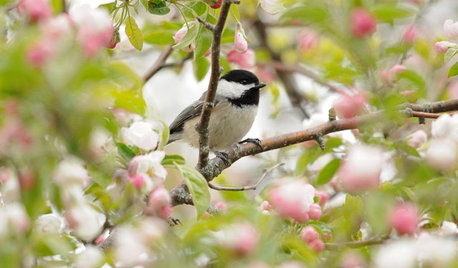
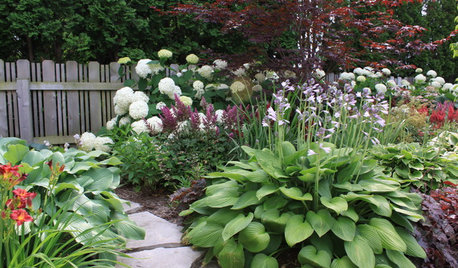

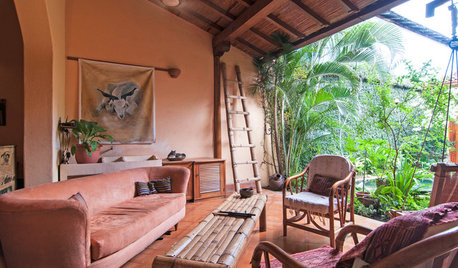




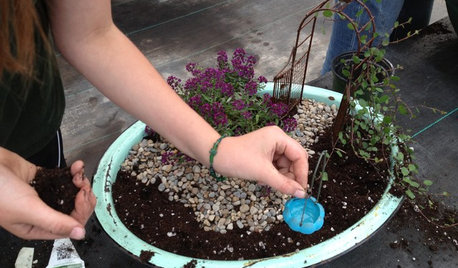
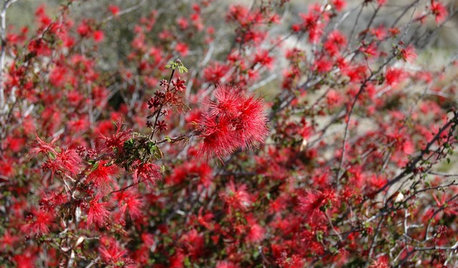







blanesgarden
Violet_Z6Original Author
Related Professionals
Accokeek Landscape Architects & Landscape Designers · East Patchogue Landscape Architects & Landscape Designers · Tempe Landscape Contractors · Waterbury Landscape Contractors · Alpharetta Landscape Contractors · Elmhurst Landscape Contractors · Harrisburg Landscape Contractors · Hoffman Estates Landscape Contractors · Monterey Landscape Contractors · Riverview Landscape Contractors · Sun City Center Landscape Contractors · The Villages Landscape Contractors · Uxbridge Landscape Contractors · Oceanside Driveway Installation & Maintenance · Mission Viejo Driveway Installation & Maintenancemelanie-germany
aka_peggy
blanesgarden
clockwork
Violet_Z6Original Author
jasonp
pnbrown
moosemac
Violet_Z6Original Author
jasonp
Violet_Z6Original Author
gonefishin
Violet_Z6Original Author
utdeedee
paulster2626